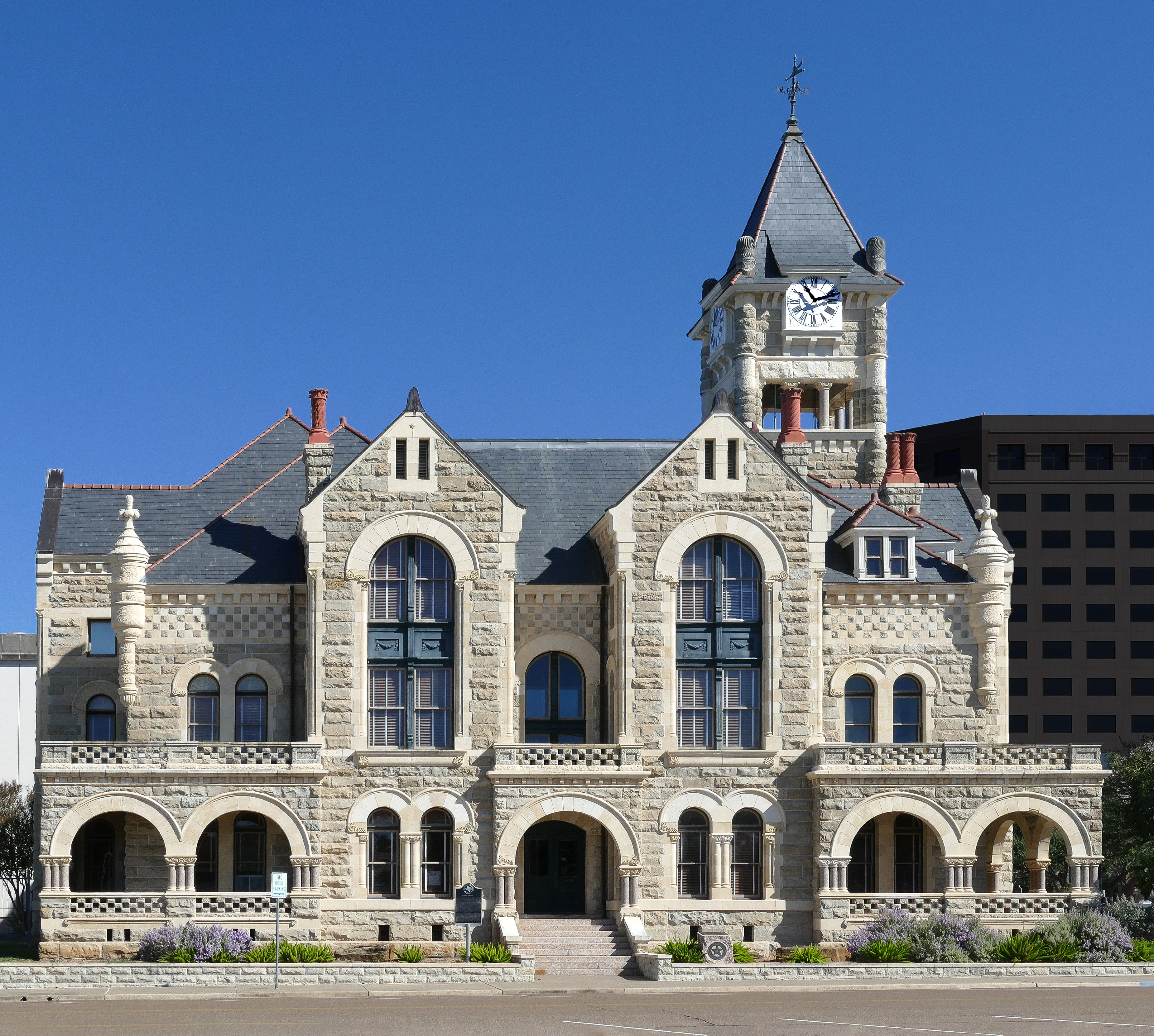|
DeLeon Plaza And Bandstand
DeLeon Plaza and Bandstand is 1.77 acres originally platted as the center of the city of Victoria, county of Victoria, in the U.S. state of Texas. The bandstand stood nearby the plaza until it was moved to the center of the plaza in 1923. The William P. Rogers chapter of the United Daughters of the Confederacy contracted with sculptor Pompeo Coppini for the DeLeon Plaza's 1912 monument to the Confederacy ''The Last Stand'' (aka ''Firing Line''). On March 24, 1987, DeLeon Plaza and Bandstand was added to the National Register of Historic Places listings in Victoria County, Texas. In 1965, the bandstand was designated a Recorded Texas Historic Landmark, Marker number 289. In 1998, the plaza was designated a Recorded Texas Historic Landmark, Marker number 12273. Plaza When Victoria, Texas was founded by ''empresario'' Martín De León and his wife Patricia de la Garza De León, they named it after Guadalupe Victoria, who had just become the first president of Mexico. The town was pl ... [...More Info...] [...Related Items...] OR: [Wikipedia] [Google] [Baidu] |
Victoria, Texas
Victoria is a small city in South Texas and county seat of Victoria County, Texas. The population was 65,534 as of the 2020 census. The three counties of the Victoria Metropolitan Statistical Area had a population of 111,163 as of the 2000 census. Its elevation is . Victoria is located 30 miles inland from the Gulf of Mexico. Victoria is a two-hour drive from Corpus Christi, Houston, San Antonio, and Austin. Victoria is named for General Guadalupe Victoria, who became the first president of independent Mexico. Victoria is the cathedral city of the Roman Catholic Diocese of Victoria in Texas. History The city of Guadalupe Victoria was founded in 1824 by Martín De León, a Mexican empresario, in honor of Guadalupe Victoria, the first President of the Republic of Mexico. Victoria was initially part of De León's Colony, which had been founded that same year. By 1834, the town had a population of approximately 300. During the Texas Revolution, Guadalupe Victoria contributed ... [...More Info...] [...Related Items...] OR: [Wikipedia] [Google] [Baidu] |
Confederate States Army
The Confederate States Army, also called the Confederate Army or the Southern Army, was the military land force of the Confederate States of America (commonly referred to as the Confederacy) during the American Civil War (1861–1865), fighting against the United States forces to win the independence of the Southern states and uphold the institution of slavery. On February 28, 1861, the Provisional Confederate Congress established a provisional volunteer army and gave control over military operations and authority for mustering state forces and volunteers to the newly chosen Confederate president, Jefferson Davis. Davis was a graduate of the U.S. Military Academy, and colonel of a volunteer regiment during the Mexican–American War. He had also been a United States senator from Mississippi and U.S. Secretary of War under President Franklin Pierce. On March 1, 1861, on behalf of the Confederate government, Davis assumed control of the military situation at Charleston, South C ... [...More Info...] [...Related Items...] OR: [Wikipedia] [Google] [Baidu] |
Tourist Attractions In Victoria County, Texas
Tourism is travel for pleasure or business; also the theory and practice of touring, the business of attracting, accommodating, and entertaining tourists, and the business of operating tours. The World Tourism Organization defines tourism more generally, in terms which go "beyond the common perception of tourism as being limited to holiday activity only", as people "travelling to and staying in places outside their usual environment for not more than one consecutive year for leisure and not less than 24 hours, business and other purposes". Tourism can be domestic (within the traveller's own country) or international, and international tourism has both incoming and outgoing implications on a country's balance of payments. Tourism numbers declined as a result of a strong economic slowdown (the late-2000s recession) between the second half of 2008 and the end of 2009, and in consequence of the outbreak of the 2009 H1N1 influenza virus, but slowly recovered until the COVID-19 pa ... [...More Info...] [...Related Items...] OR: [Wikipedia] [Google] [Baidu] |

